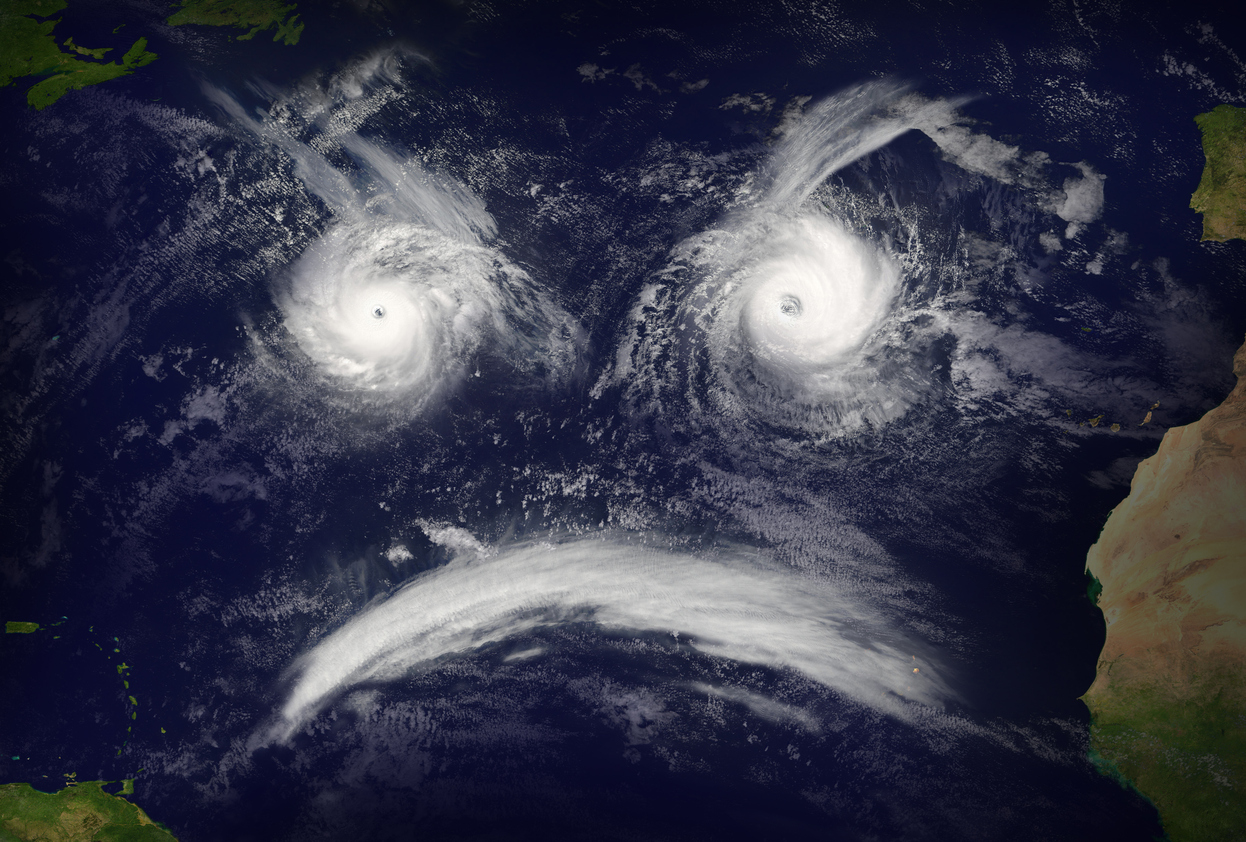Every now and then, I get stumped on a property insurance question. I was asked during my flood presentation on Monday how the National Flood Insurance Program would respond to a flood claim from Hurricane Helene and one from Hurricane Milton. I told the audience, “I thought about it but did not research that topic. I don’t know.”
Today, Corey and Ashley Harris sent me some guidance from FEMA for those who are faced with presenting these back-to-back claims. Here is the wording from a recent document issued to the national flood adjusters:
FEMA is providing this document as guidance when the same building or contents are damaged by recent multiple flood events, but it does not waive the conditions of the Standard Flood Insurance Policy.
Promptly Report All Flood Losses Under the Standard Flood Insurance Policy (SFIP), policyholders are required to promptly report each loss to their insurance carrier, even if there are multiple losses or if those losses occur close in time to one another. Each loss is considered a separate event and requires an individual inspection. This process ensures that each claim is properly assessed.
Adjuster Assignment: Assigning the same adjuster to handle subsequent losses provides continuity and ensures a consistent understanding of the property and prior claims. If the original adjuster is unavailable, keeping the same adjusting firm helps maintain continuity. When neither the original adjuster nor firm can handle the subsequent loss, reviewing the prior claim file becomes essential. This ensures the new adjuster is fully informed about the previous loss and any relevant property conditions, leading to a smoother claims process and more accurate assessments.
Policy Limits: -Under the SFIP, policy limits apply separately to each loss, meaning the full limits are available for each distinct event. However, the policy does not allow for duplicate payments for the same damage. For instance, if damage from an initial loss is already compensated, the same damage cannot be claimed again in a subsequent loss. Each event has its own building and/or contents policy limits, and leftover funds from one loss cannot be used to cover damages from a prior loss if those damages were already addressed. This ensures fair and accurate compensation for each distinct event.
Deductibles: In each loss, separate deductible(s) apply to the building and contents.
Scenarios:
Scenario 1: One Claim, One Deductible: When the scope of flood damage to the building and personal property is unchanged from the first flood event. An adjuster will conduct an inspection to validate if the damage is unchanged. Once confirmed, the subsequent claim can be closed without payment.
Scenario 2: Two Claims, Two Deductibles: Floodwater leaves an obvious waterline on the interior and exterior of buildings and other areas around the home. When the scope of loss from the first flood changes requiring the removal and replacement of additional building material, work is completed including water mitigation that must be performed again, or there is repair or replacement of personal property not damaged previously, there will be a second flood claim and deductible. Adjusters should use their judgment to separate and document the damage.
Scenario 3: Property Destroyed, No Inspection: If the property is wholly destroyed from either flood loss or the adjuster cannot determine the cause of damage, an engineer should be engaged for a causation study.
Scenario 4: Initial Flood Loss Paid, Repairs Fully Completed: If repairs from the initial flood loss have been completed, then the second flood loss will be handled as a separate claim subject to applicable policy limits. The adjuster must confirm and document that the repairs were completed from the initial loss.
How National Flood Insurance Program (NFIP) Claims Impact Premiums: Filing a flood claim may increase a policyholder’s premium. The NFIP sets premiums, in part, based on the number of flood claims for an individual property. A policyholder should contact their NFIP insurance agent or provider for more information. Claims for Loss Avoidance and Claims Closed Without Payment do not impact premiums.
Please see that this communication receives the widest distribution. As always, we thank you for your dedication to our NFIP policyholders at this critical time and we stand by to support you should you have any questions.
Thought For The Day
If you’re going through hell, keep going.
—Winston Churchill




